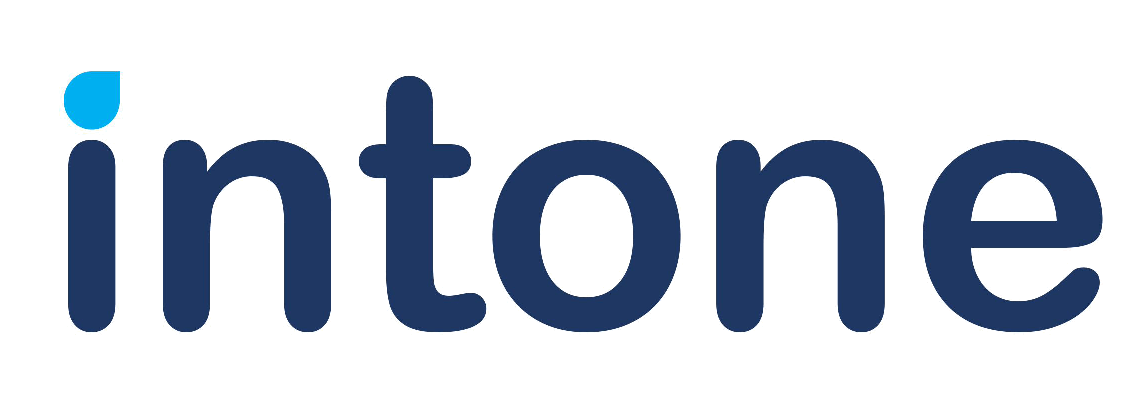Contents
What is GRC?
GRC (Governance, Risk, and Compliance) is a strategic framework that helps organizations navigate complex challenges, manage risks, and ensure compliance with regulations. It provides a structured approach for making informed decisions, mitigating risks, and enhancing overall performance.
A strong Governance Risk and Compliance Framework is essential for modern organizations to thrive in today’s dynamic and complex business environment. It provides a solid foundation for managing risks, ensuring compliance with regulations, and maintaining stakeholder confidence.
Governance
Governance refers to the overall structure, policies, and processes that guide an organization’s operations and decision-making. It involves setting strategic objectives, defining roles and responsibilities, and ensuring accountability.
Key aspects of governance include:
- Setting strategic direction: Establishing clear goals and objectives for the organization.
- Defining policies and procedures: Creating guidelines for how the organization should operate.
- Assigning roles and responsibilities: Determining who is responsible for different aspects of governance and risk management.
- Monitoring and oversight: Ensuring that policies and procedures are being followed and that risks are being effectively managed.
Risk Management
Risk management involves identifying, assessing, and mitigating potential threats that could impact an organization’s objectives. It involves evaluating the likelihood and severity of risks and developing strategies to address them.
Key aspects of risk management include:
- Risk identification: Identifying potential risks that could affect the organization’s operations, financial performance, or reputation.
- Risk assessment: Evaluating the likelihood and impact of identified risks.
- Risk response: Developing strategies to mitigate, avoid, transfer, or accept risks.
- Risk monitoring and reporting: Continuously monitoring risks and reporting on their status.
Compliance
Compliance refers to ensuring that an organization is adhering to all relevant laws, regulations, and industry standards. It involves understanding and implementing compliance requirements, and monitoring compliance efforts.
Key aspects of compliance include:
- Identifying applicable laws and regulations: Determining the legal and regulatory framework that applies to the organization.
- Developing compliance policies and procedures: Creating guidelines for ensuring compliance with relevant requirements.
- Monitoring compliance: Conducting regular reviews and audits to assess compliance status.
- Addressing non-compliance: Taking corrective actions to address any identified compliance issues.
The Components of GRC
A comprehensive Governance Risk and Compliance Framework encompasses three key components:
- Governance: Establishing clear policies, standards, and frameworks to guide organizational activities and decision-making.
- Risk Management: Identifying, assessing, and mitigating potential risks that could impact the organization’s objectives and reputation.
- Compliance: Ensuring adherence to laws, regulations, and industry standards, while avoiding penalties and legal consequences.
By effectively managing these components, organizations can create a robust Governance Risk and Compliance Framework that supports their strategic goals and protects against risks.
The Benefits of a GRC Framework
A well-implemented Governance Risk and Compliance Framework offers numerous benefits to organizations, including:
- Enhanced decision-making: GRC provides a structured approach for assessing risks and making informed decisions.
- Improved risk management: By identifying and mitigating risks proactively, organizations can protect their assets and reputations.
- Increased efficiency and productivity: GRC can streamline processes and reduce inefficiencies, leading to improved operational performance.
- Strengthened regulatory compliance: GRC helps organizations stay compliant with complex regulations, avoiding penalties and legal consequences.
- Improved stakeholder confidence: A robust GRC framework demonstrates to stakeholders that the organization is committed to good governance and risk management.

Implementing a GRC Framework
Implementing a Governance Risk and Compliance Framework requires a strategic approach. Key steps include:
- Assessing your organization’s needs: Identify the specific risks and regulatory requirements that need to be addressed.
- Selecting the right GRC tools and technologies: Choose software solutions that align with your organization’s goals and budget.
- Developing a comprehensive GRC strategy: Create a plan for implementing GRC across your organization.
- Training and education for employees: Ensure that employees understand the importance of GRC and have the necessary skills to implement it effectively.
- Continuous monitoring and improvement: Regularly review and update your GRC framework to adapt to changing risks and regulations.
Consider partnering with a reputable provider of Data Management Services to streamline your GRC implementation and ensure compliance with industry best practices.
Conclusion
A robust Governance Risk and Compliance Framework is essential for modern organizations to navigate complex challenges, manage risks, and ensure compliance with regulations. By implementing effective governance, risk management, and compliance practices, organizations can enhance decision-making, improve operational efficiency, and protect their reputation.
Consider investing in Data integration tools and developing comprehensive Data governance policies to strengthen your GRC framework and ensure data integrity and security. By prioritizing GRC, organizations can create a sustainable and resilient business environment.

